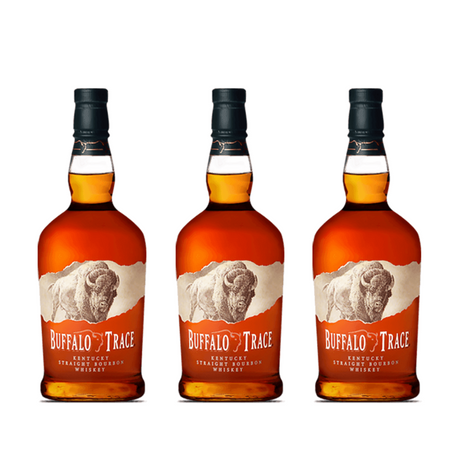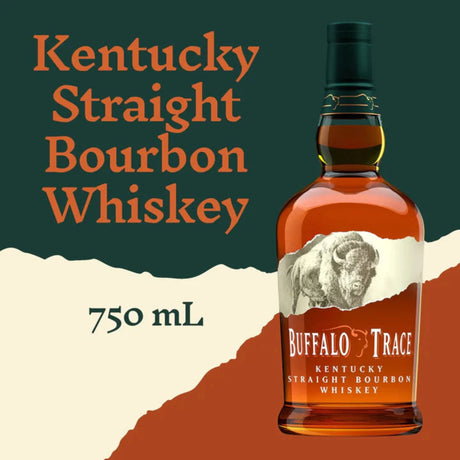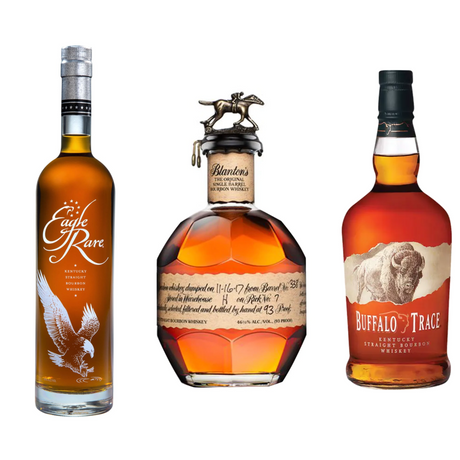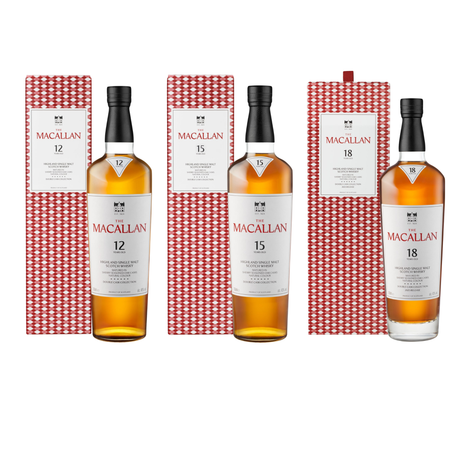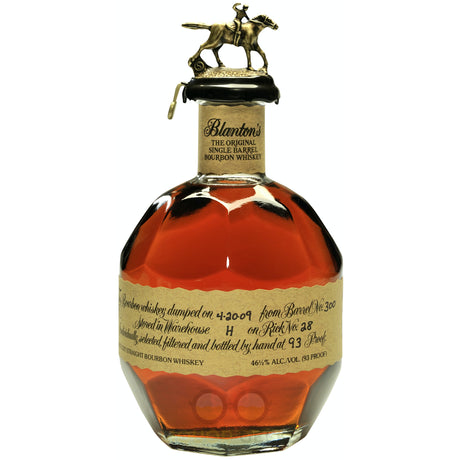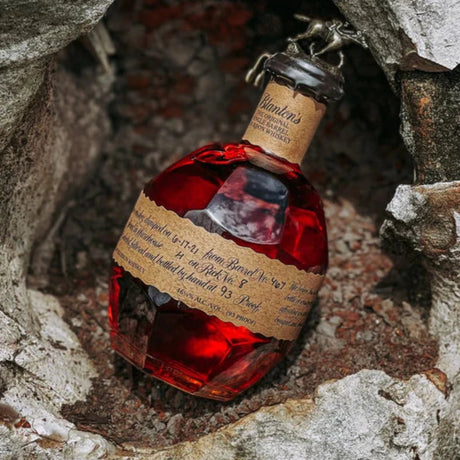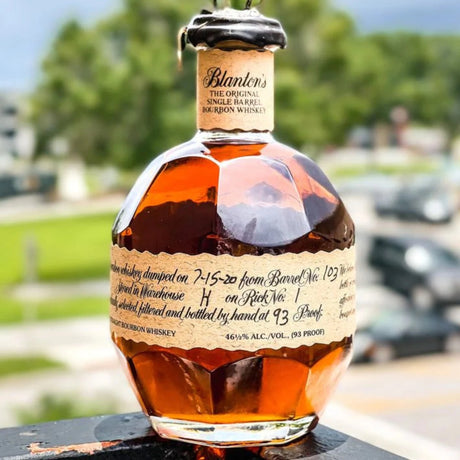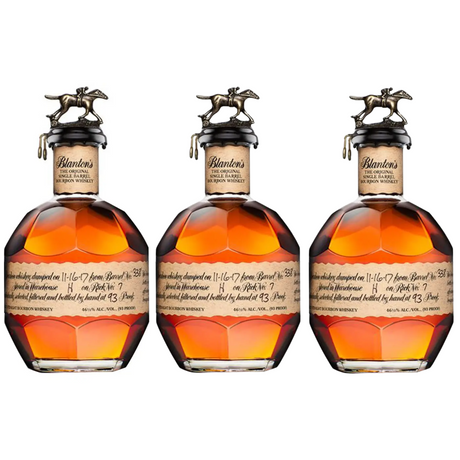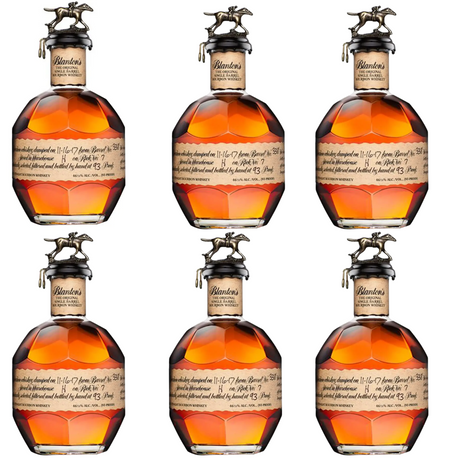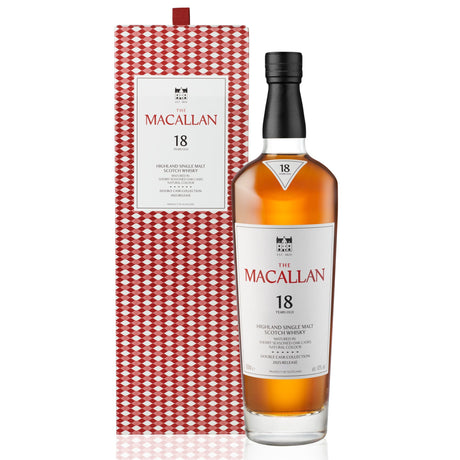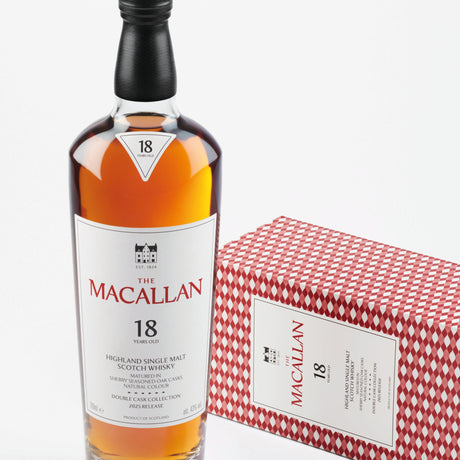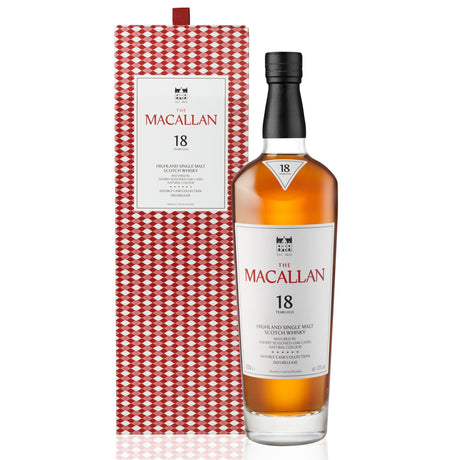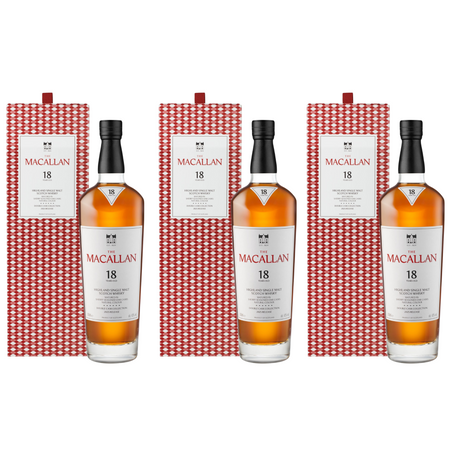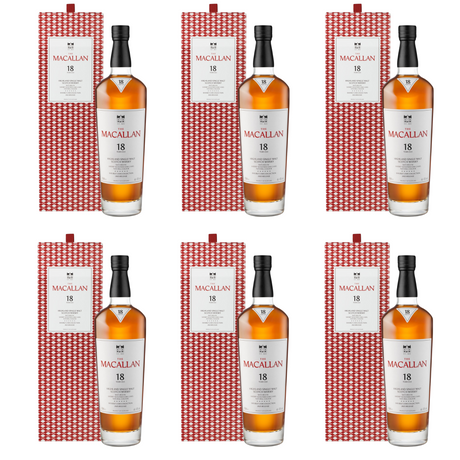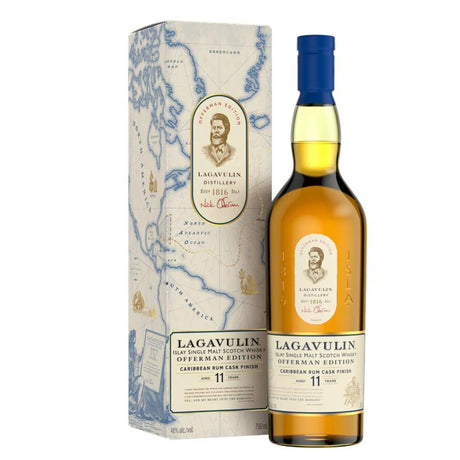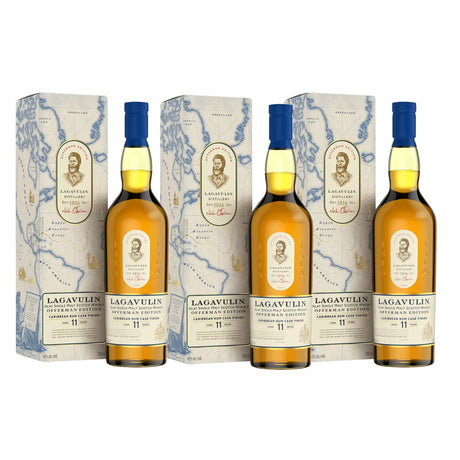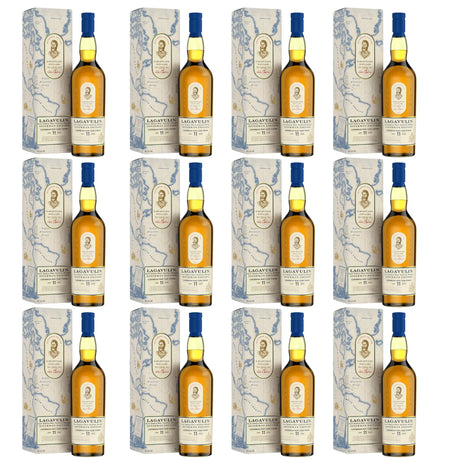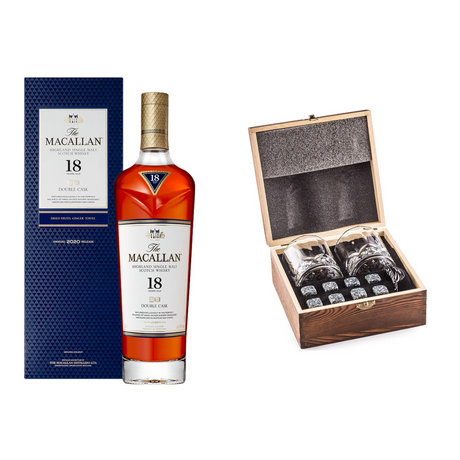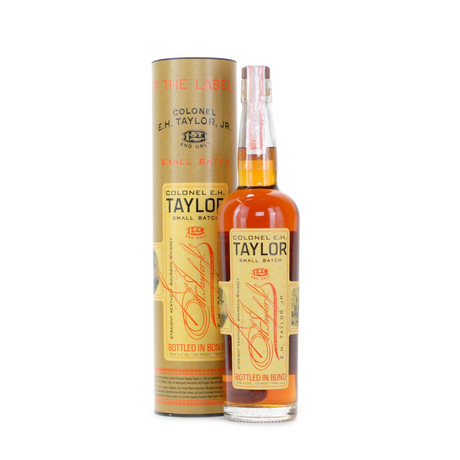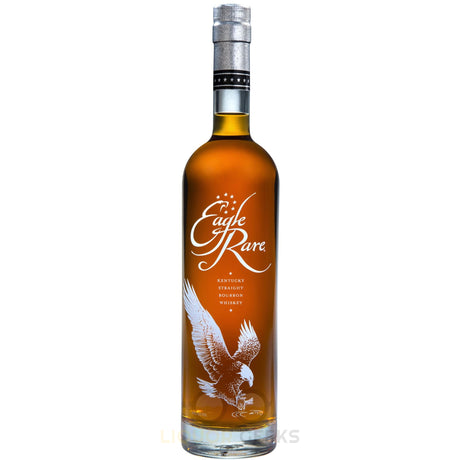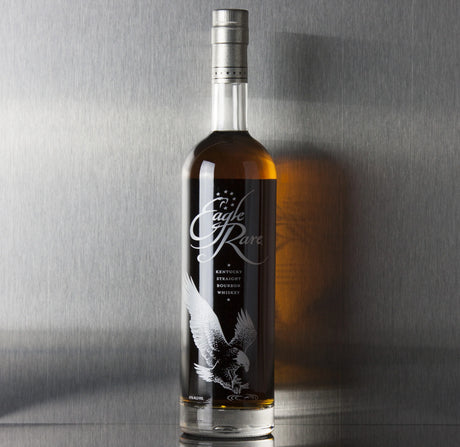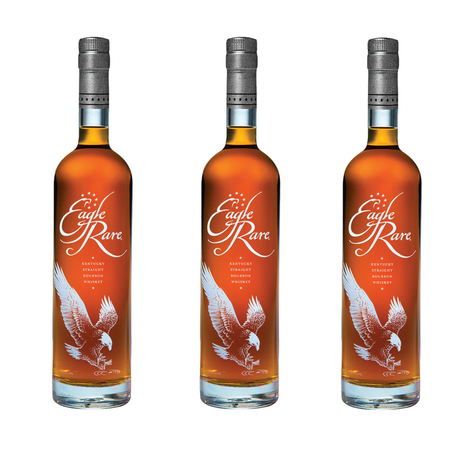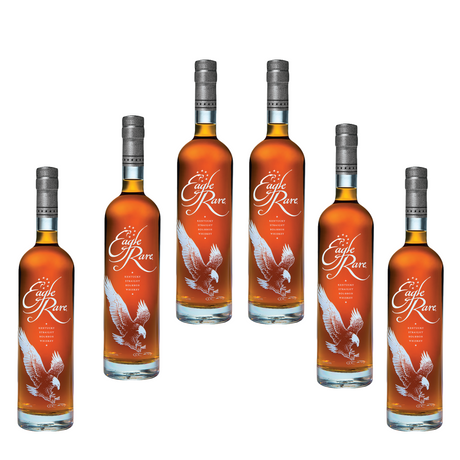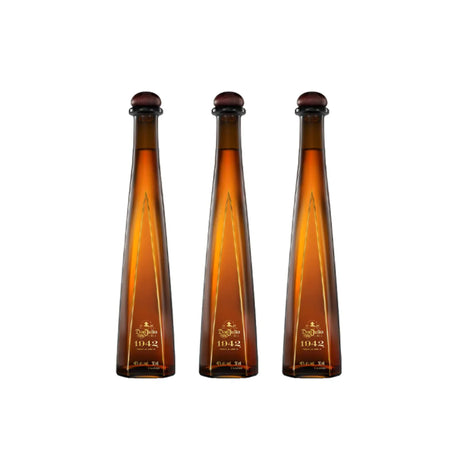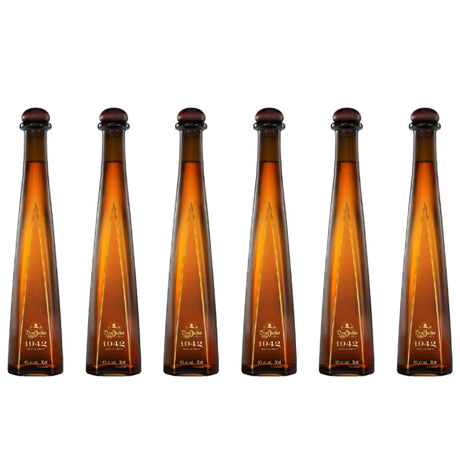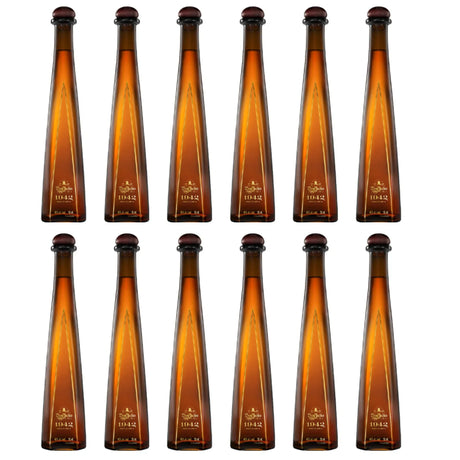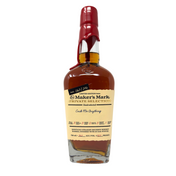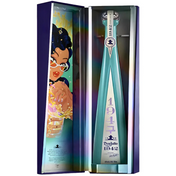Whiskey enthusiasts often debate the merits of blended whiskey vs single malt, particularly when it comes to flavor profiles. Each category comes with unique heritage, production techniques, and sensory characteristics that cater to varied consumer preferences. A thorough understanding of their differences, ranging from raw materials, distillation processes, maturation environments, and resultant organoleptic properties, is crucial to fully appreciate the chemical complexity and craftsmanship inherent in each style.
In this article on blended vs single malt whiskey, we will analyze all these factors to help you gain insight into the nuanced profiles of both styles, allowing you to select the whiskey experience that best aligns with your palate and occasion.
History of Single Malt Whiskeys
Single malt whiskey has a storied history that traces back to Scotland, where it first emerged in the late 15th century. The earliest documented reference to malt whiskey production in Scotland appears in the Exchequer Rolls of 1494, which mention barley being sent to a distiller named Friar John Cor to make “aqua vitae.” Originally crafted by monks and local farmers, the distillation process evolved over centuries from rudimentary techniques to more sophisticated methods.
Single malt whiskey is distinguished by its production at a single distillery using malted barley and traditional pot stills, emphasizing quality and unique flavor profiles. During the 18th century, many distillers operated illicitly to avoid heavy excise taxes, which led to the establishment of legal distillation and regulation by the mid-19th century.
Today, single malt whiskey is recognized globally for its craftsmanship, complexity, and regional variations, each reflecting Scotland’s diverse climates, water sources, and production techniques. Among iconic examples of premium single malts is the legendary Macallan 25, revered for its deep sherry notes, exceptional aging, and luxurious finish.
For a sweeter and more indulgent twist, expressions like Glenfiddich Chocolate offer a decadent flavor profile that matches classic single malt characteristics with dessert-like richness.
History of Blended Whiskeys
Blended whiskey emerged in the 19th century as a response to growing consumer demand for a more consistent, approachable spirit. Unlike the small-batch, handcrafted single malts, blended whiskey leveraged industrial innovation, notably Aeneas Coffey’s continuous column still, to mass-produce lighter grain whiskey at scale. This advancement allowed producers to combine malt whiskey with grain whiskey, achieving a balanced flavor, smoother texture, and more affordable price point.
Pioneers like Andrew Usher and James Buchanan refined blending techniques and launched legendary products such as Ballantine 12 years, known for its balanced character and international popularity. This shift transformed whiskey from a traditional craft into a commercially scalable product.
A standout in American blended expressions is Kentucky Dale Blended Whiskey, which offers a sweet, corn-forward profile with subtle spice, perfect for everyday sipping or cocktails.
Difference between Blended Whiskey vs Single Malt
Raw Material
Single Malt: Made exclusively from 100% malted barley.
Blended Whiskey: Combines malt whiskey (from malted barley) with grain whiskey distilled from other grains like corn, wheat, or rye.
Distillation
Single Malt: Distilled solely in copper pot stills, often double or triple distilled, focusing on batch quality and flavor complexity.
Blended Whiskey: Malt whiskey is pot still distilled; grain whiskey is produced using continuous column (Coffey) stills for large-scale, efficient distillation, yielding lighter, more neutral spirits.
Production Scale
Single Malt: Produced in smaller, controlled batches at a single distillery, emphasizing terroir and unique distillery characteristics.
Blended Whiskey: Industrial-scale production combining multiple malt and grain whiskeys sourced from different distilleries to ensure volume and consistency.
Maturation
Single Malt: Aged primarily in oak casks (e.g., ex-bourbon, sherry), often for extended periods to develop complex esters, phenols, and maturation-driven flavor compounds.
Blended Whiskey: Components aged separately, grain whiskey usually for shorter periods, before blending; maturation tailored to balance and smoothness rather than complexity.
Flavor Profile
Single Malt: Rich, complex, with pronounced congeners (esters, aldehydes, phenols) influenced by barley malting (peat levels), yeast strain, and water chemistry.
Blended Whiskey: Smoother, lighter, and more balanced due to grain whiskey’s lower congener content; blending adjusts aroma and mouthfeel for broad appeal.
Regulation
Single Malt: Strictly defined by geographic origin (e.g., Scotch whisky), single distillery production, ingredient purity, and minimum aging requirements.
Blended Whiskey: Regulated by minimum aging and blending laws, with flexibility in grain content and sourcing from multiple distilleries.
Production Control
Single Malt: Complete process control within a single distillery, allowing distinct “house style” and batch-specific expression.
Blended Whiskey: Blending masters manage ratios of malt and grain whiskeys from various sources to achieve consistent flavor profiles and cost efficiency.
Which Whiskey Type Offers a Better Flavor Experience?
The debate over blended whiskey vs single malt often comes down to personal taste. Single malt whiskeys are celebrated for their complexity and regional character, local ingredients, water sources, distillation techniques, and maturation in oak casks. Flavor profiles can span from peaty and smoky to fruity or spicy, making them ideal for contemplative, neat sipping.
Blended whiskeys, in contrast, combine single malt and grain whiskeys from multiple distilleries, yielding a smoother, more approachable profile. Their balance, consistency, and subtle finish make them well-suited for both casual consumption and mixology. For many, the appeal lies in their versatility and accessibility across a wide range of settings.
Whether you're enjoying a refined bottle of Glenfiddich while nibbling on complementary chocolate or reaching for a bottle of Dale blended on a relaxed evening, both styles offer rich and rewarding experiences.
Conclusion
The choice between blended vs single malt whiskey is more about mood and moment than superiority. Single malt whiskey, distilled from malted barley at one distillery, offers complex, terroir-driven profiles. Blended whiskey combines malt and grain spirits from multiple sources for a smoother, more consistent character.
No matter your preference, Liquor Geeks should be your preferred one-stop shop, offering an exceptional range of the finest single malts and blended whiskeys to suit every palate and expectation, from blended premium to rare single malts like Scapa 21 and McClelland Scotch.


